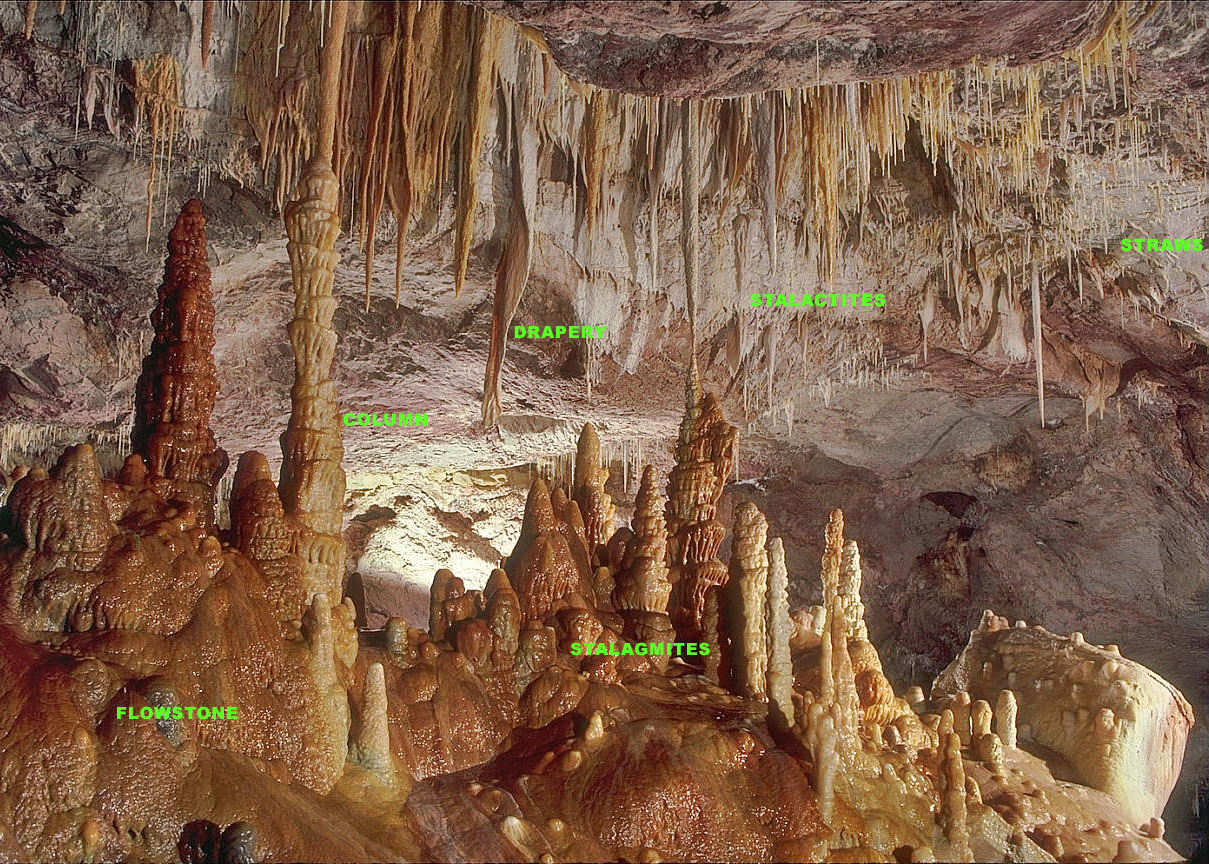|
Opal (armoured Personnel Carrier)
The ''Opal''-I is a multi-purpose fully amphibious armoured personnel carrier developed and produced by HSW S.A. in Poland. APC is a development of MT-LB that was produced in HSW under licence. Major changes are reworked nose section and fitted propellers for better floating speed and manoeuvrability, new turret with 12.7 mm NSVT machine-gun instead of old one with 7.62 PKT and powered-up engine. ''Opal''-II is a stretched variant with longer chassis with 7 road wheels on each side, like the 2S1 and MT-LBu and 300 hp (220 kW) SW680T engine. Variants WPT ''Mors'' (''WPT'' for ''Wóz Pogotowia Technicznego'' - lit. ''Technical Support Vehicle'') - armoured recovery and repair vehicle with light crane, hydraulic dozerblade, welding equipment and an NBC detection system. The vehicle is a basic support vehicle of mechanized battalions equipped with BMP-1 IFV in Polish Land Forces. TRI ''Hors'' (''TRI'' for ''Transporter Rozpoznania Inżynieryjnego'' - lit. ''Engineer ... [...More Info...] [...Related Items...] OR: [Wikipedia] [Google] [Baidu] |
MTLB 4 BKPanc
The MT-LB (russian: Многоцелевой Тягач Легкий Бронированный, translit=Mnogotselevoy tyagach legky bronirovanny, literally "multi-purpose towing vehicle light armored") is a Soviet multi-purpose, fully amphibious, tracked armored fighting vehicle in use since the 1950s. It was also produced in Poland, where (starting in the mid-1990s) its YaMZ engine was replaced by a Polish 6-cylinder SW 680 diesel engine. Development In the 1950s, the Soviet Central Auto and Tractor Directorate began a development program to replace the AT-P series of artillery tractors (which were based on the ASU-57 airborne self-propelled gun) with a new generation of vehicles. The MT-L was developed to meet this requirement based on the PT-76 amphibious light tank chassis. The MT-LB is the armored variant of the MT-L. Entering production in the early 1970s, it was cheap to build, being based on many existing components, e.g. the engine, which was originally developed ... [...More Info...] [...Related Items...] OR: [Wikipedia] [Google] [Baidu] |
Armoured Personnel Carriers Of Poland
Armour ( British English) or armor (American English; see spelling differences) is a covering used to protect an object, individual, or vehicle from physical injury or damage, especially direct contact weapons or projectiles during combat, or from a potentially dangerous environment or activity (e.g. cycling, construction sites, etc.). Personal armour is used to protect soldiers and war animals. Vehicle armour is used on warships, armoured fighting vehicles, and some mostly ground attack combat aircraft. A second use of the term ''armour'' describes armoured forces, armoured weapons, and their role in combat. After the development of armoured warfare, tanks and mechanised infantry and their combat formations came to be referred to collectively as "armour". Etymology The word "armour" began to appear in the Middle Ages as a derivative of Old French. It is dated from 1297 as a "mail, defensive covering worn in combat". The word originates from the Old French , its ... [...More Info...] [...Related Items...] OR: [Wikipedia] [Google] [Baidu] |
Stalagmite
A stalagmite (, ; from the Greek , from , "dropping, trickling") is a type of rock formation that rises from the floor of a cave due to the accumulation of material deposited on the floor from ceiling drippings. Stalagmites are typically composed of calcium carbonate, but may consist of lava, mud, peat, pitch, sand, sinter, and amberat (crystallized urine of pack rats). The corresponding formation hanging down from the ceiling of a cave is a stalactite. Mnemonics have been developed for which word refers to which type of formation; one is that ''stalactite'' has a C for "ceiling", and ''stalagmite'' has a G for "ground", another is that, as with ants in the pants, the mites go up and the tights (tites) come down. Formation and type Limestone stalagmites The most common stalagmites are speleothems, which usually form in limestone caves. Stalagmite formation occurs only under certain pH conditions within the cavern. They form through deposition of calcium carb ... [...More Info...] [...Related Items...] OR: [Wikipedia] [Google] [Baidu] |
Icicle
An icicle is a spike of ice formed when water falling from an object freezes. Formation and dynamics Icicles can form during bright, sunny, but subfreezing weather, when ice or snow melted by sunlight or some other heat source (such as a poorly insulated building), refreezes as it drips off under exposed conditions. Over time continued water runoff will cause the icicle to grow. Another set of conditions is during ice storms, when rain falling in air slightly below freezing slowly accumulates as numerous small icicles hanging from twigs, leaves, wires, etc. Thirdly, icicles can form wherever water seeps out of or drips off vertical surfaces such as road cuts or cliffs. Under some conditions these can slowly form the "frozen waterfalls" favored by ice climbers. Icicles form on surfaces which might have a smooth and straight, or irregular shape, which in turn influences the shape of an icicle. Another influence is melting water, which might flow toward the icicle in ... [...More Info...] [...Related Items...] OR: [Wikipedia] [Google] [Baidu] |
Sopel 2 3 94 2
Sopel may refer to: * Brent Sopel (born 1977), Canadian professional hockey player *Jon Sopel (journalist) (born 1959), English television presenter and correspondent *Sopel, Łódź Voivodeship Sopel is a village in the administrative district of Gmina Wieruszów, within Wieruszów County, Łódź Voivodeship, in central Poland. It lies approximately north-east of Wieruszów and south-west of the regional capital Łódź Łódź, ..., a village in Poland * LSPZRA Sopel, a prototype Polish self-propelled anti-aircraft gun (SPAAG) See also * {{disambig, surname ... [...More Info...] [...Related Items...] OR: [Wikipedia] [Google] [Baidu] |
Croton (other)
Croton may refer to: Biology *Crotoneae, a tribe of the flowering plant subfamily Crotonoideae * ''Croton'' (plant), a plant genus of the family Euphorbiaceae **''Croton capitatus'', also known as the woolly croton **''Croton hancei'', a species of ''Croton'' endemic to Hong Kong *''Caperonia'', a genus of plants of the family Euphorbiaceae commonly known as "false croton" *'' Codiaeum variegatum'', an ornamental plant formerly classified in the genus ''Croton'', and commonly called "croton" * German cockroach (''Blattella germanica''), known as the Croton bug Places In Italy * Crotone, ancient Kroton, a city in Calabria * Crotone Airport, an airport serving the above city * Province of Crotone, a province in Calabria In the United States In New York * Croton-on-Hudson, New York, a village in Westchester County ** Croton–Harmon (Metro-North station) ** Croton North Railroad Station **Croton Point, a peninsula in the Hudson River *Croton Falls, a hamlet in North Salem, New Y ... [...More Info...] [...Related Items...] OR: [Wikipedia] [Google] [Baidu] |
Polish Language
Polish (Polish: ''język polski'', , ''polszczyzna'' or simply ''polski'', ) is a West Slavic language of the Lechitic group written in the Latin script. It is spoken primarily in Poland and serves as the native language of the Poles. In addition to being the official language of Poland, it is also used by the Polish diaspora. There are over 50 million Polish speakers around the world. It ranks as the sixth most-spoken among languages of the European Union. Polish is subdivided into regional dialects and maintains strict T–V distinction pronouns, honorifics, and various forms of formalities when addressing individuals. The traditional 32-letter Polish alphabet has nine additions (''ą'', ''ć'', ''ę'', ''ł'', ''ń'', ''ó'', ''ś'', ''ź'', ''ż'') to the letters of the basic 26-letter Latin alphabet, while removing three (x, q, v). Those three letters are at times included in an extended 35-letter alphabet, although they are not used in native words. The traditiona ... [...More Info...] [...Related Items...] OR: [Wikipedia] [Google] [Baidu] |
Armoured Personnel Carrier
An armoured personnel carrier (APC) is a broad type of armoured military vehicle designed to transport personnel and equipment in combat zones. Since World War I, APCs have become a very common piece of military equipment around the world. According to the definition in the Treaty on Conventional Armed Forces in Europe, an APC is "an armoured combat vehicle which is designed and equipped to transport a combat infantry squad and which, as a rule, is armed with an integral or organic weapon of less than 20 millimetres calibre." Compared to infantry fighting vehicles (IFVs), which are also used to carry infantry into battle, APCs have less armament and are not designed to provide direct fire support in battle. Infantry units which travel in APCs are known as mechanized infantry. Some militaries also make a distinction between infantry units which use APCs and infantry units which use IFVs, with the latter being known as armoured infantry in such militaries. History The genesis ... [...More Info...] [...Related Items...] OR: [Wikipedia] [Google] [Baidu] |


.jpg)


